Mood-Based Design: Creating Emotionally Responsive Interiors at Home
Have you ever walked into a room and felt an instant shift in your mood? Maybe it was the warm hues of the walls or the cozy arrangement of furniture that made you feel right at home. This phenomenon isn’t just a coincidence. It’s all about mood-based design. The way we curate our living spaces can significantly influence how we feel day to day. Imagine transforming your home into a sanctuary that reflects your emotions and enhances your well-being. With the right approach, you can create interiors that resonate with happiness, calmness, or even creativity. Let’s embark on a journey to explore how design choices can evoke feelings and foster personal connections within our spaces. For more information, visit https://esoftskills.com/what-is-compliance-when-applying-for-an-apartment/.
The Connection Between Design and Emotions

Design is more than just aesthetics; it’s a language that speaks to our emotions. Every color, texture, and arrangement has the power to evoke feelings we may not even realize are surfacing. For instance, soft blues can instill calmness, while vibrant reds might ignite passion. The spaces we inhabit shape our moods daily think about how a cozy nook invites relaxation versus an overly stark room that feels cold. Textures also play an essential role. A plush couch encourages comfort, whereas sharp lines in furniture might create tension. Lighting adds another layer of emotional depth. Warm lights often foster intimacy, while bright fluorescents can energize or overwhelm us.
Different Moods and Their Impact on Interior Design
 Colors play a crucial role in shaping our emotions. Warm tones like red and orange can evoke energy and passion, while cooler shades such as blue and green promote calmness. Textures also matter. Soft fabrics invite comfort, while sleek finishes might inspire modernity or sophistication. Lighting influences mood too. Bright spaces encourage alertness, while dim lighting creates intimacy. Layered lighting adds depth to any room. Consider the layout of your space as well. Open areas tend to feel more inviting and social, whereas enclosed spaces can offer a sense of security.
Colors play a crucial role in shaping our emotions. Warm tones like red and orange can evoke energy and passion, while cooler shades such as blue and green promote calmness. Textures also matter. Soft fabrics invite comfort, while sleek finishes might inspire modernity or sophistication. Lighting influences mood too. Bright spaces encourage alertness, while dim lighting creates intimacy. Layered lighting adds depth to any room. Consider the layout of your space as well. Open areas tend to feel more inviting and social, whereas enclosed spaces can offer a sense of security.
Tips for Incorporating Mood-Based Design in Your Home
Start by choosing a color palette that resonates with your desired mood. Soft blues and greens can create calmness, while warm yellows and reds evoke energy. Think about how these colors make you feel. Lighting plays a vital role too. Natural light boosts positivity, so maximize it where possible. For evenings, consider adjustable lighting options like dimmers or smart bulbs to set the right atmosphere. Textures add depth to your space. Incorporate soft fabrics for relaxation or sleek materials for a more dynamic feel. Layering rugs or combining different cushions can enhance comfort. Don’t forget scents; they trigger powerful emotional responses. Use candles or essential oils to fill your home with uplifting fragrances like citrus or calming lavender.
The Importance of a Personalized Mood Board for Your Home

Creating a personalized mood board is an exciting step in your design journey. It allows you to visualize the emotions and aesthetics you want for your space. Start by gathering …


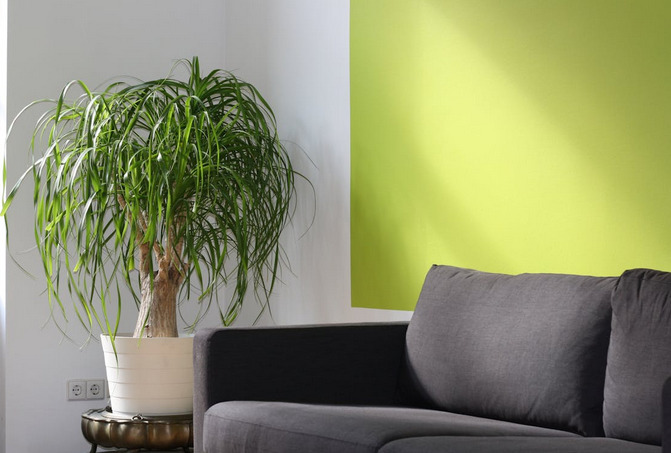




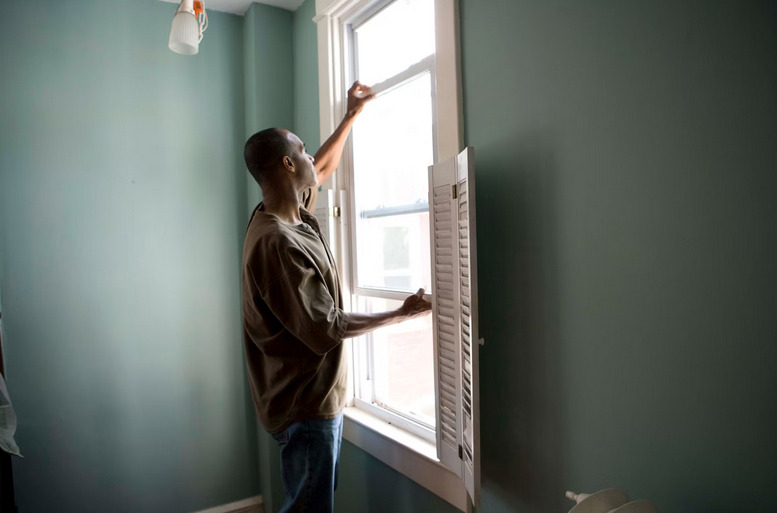
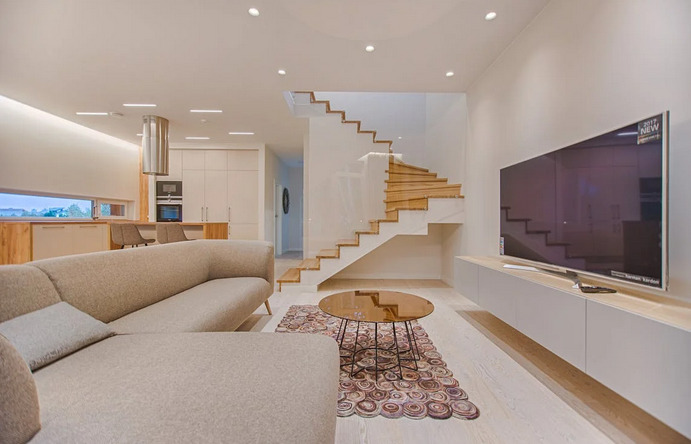

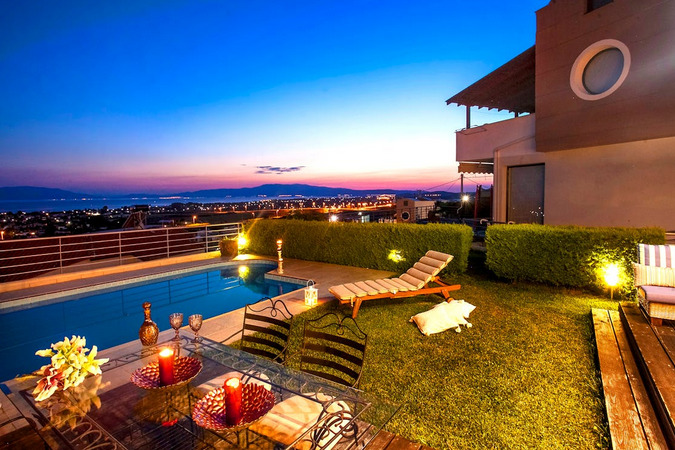



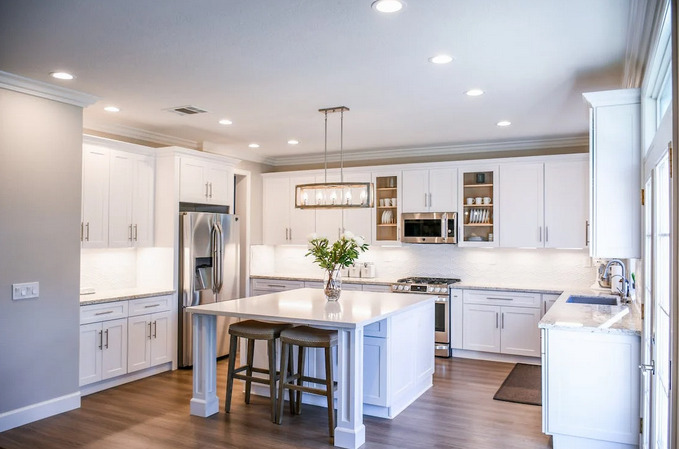
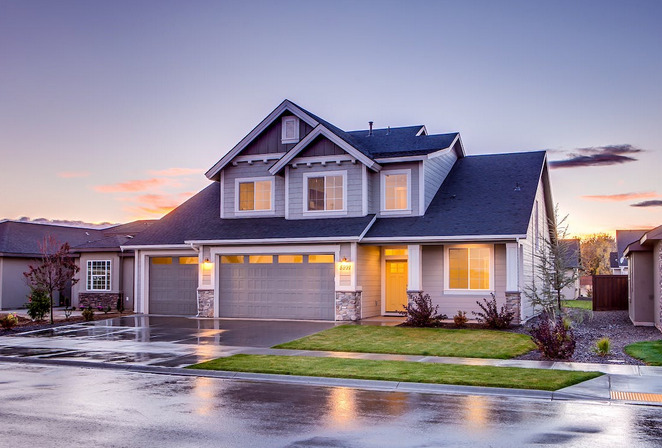
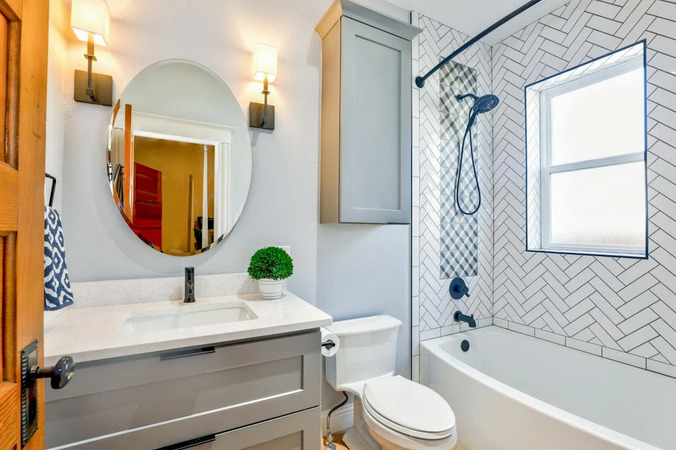
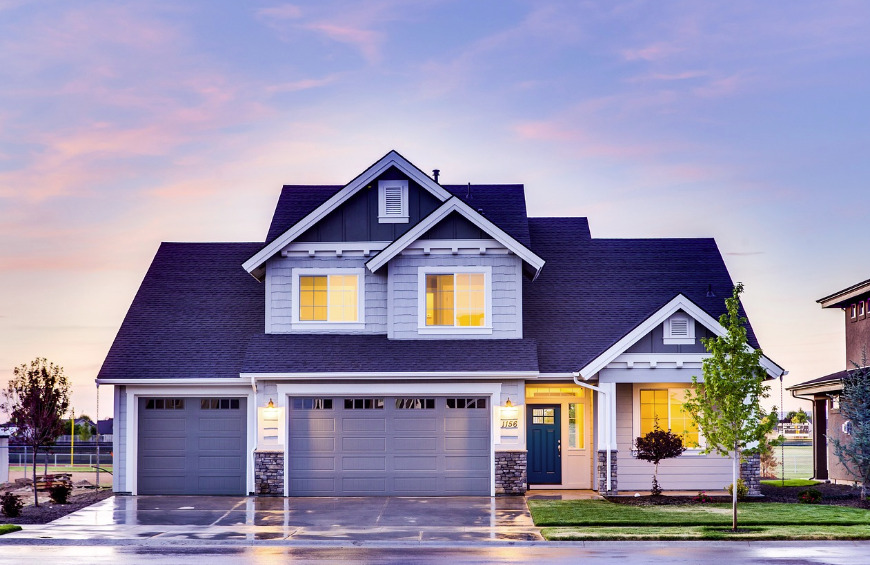

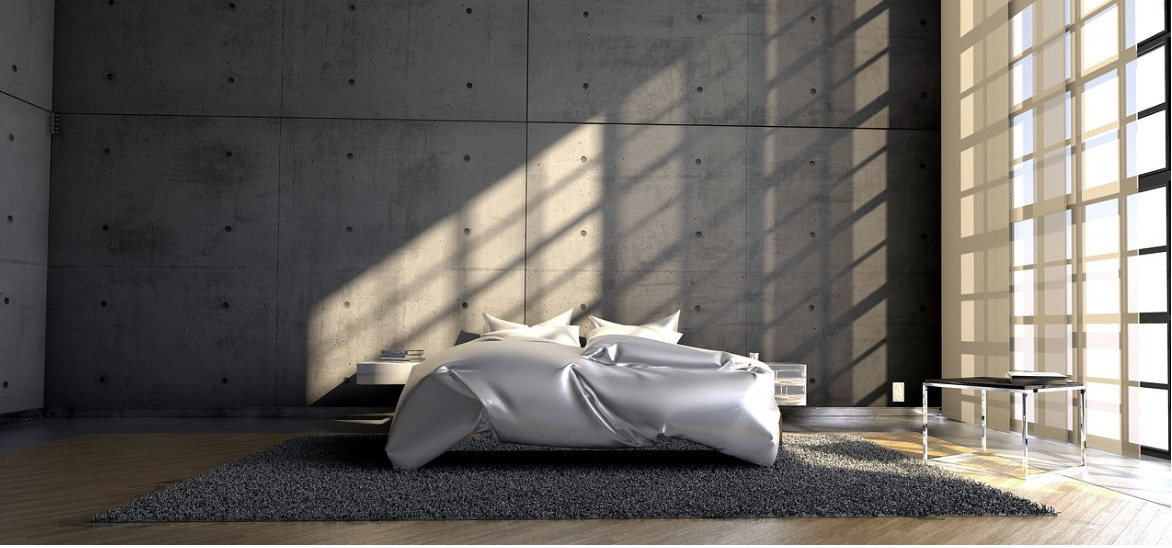



 Aside from coffee grounds, planting certain species of trees and shrubs can also discourage squirrels from entering your garden. Choose or create a barrier of shrubs and trees that squirrels don’t like the smell of, such as juniper, yew, and cedar. When planted in a thick line around the perimeter of your garden, these plants will help keep unwanted visitors out while letting some fresh air in. On top of that, these plants are also great for providing extra shade and privacy if planted in the right places.
Aside from coffee grounds, planting certain species of trees and shrubs can also discourage squirrels from entering your garden. Choose or create a barrier of shrubs and trees that squirrels don’t like the smell of, such as juniper, yew, and cedar. When planted in a thick line around the perimeter of your garden, these plants will help keep unwanted visitors out while letting some fresh air in. On top of that, these plants are also great for providing extra shade and privacy if planted in the right places.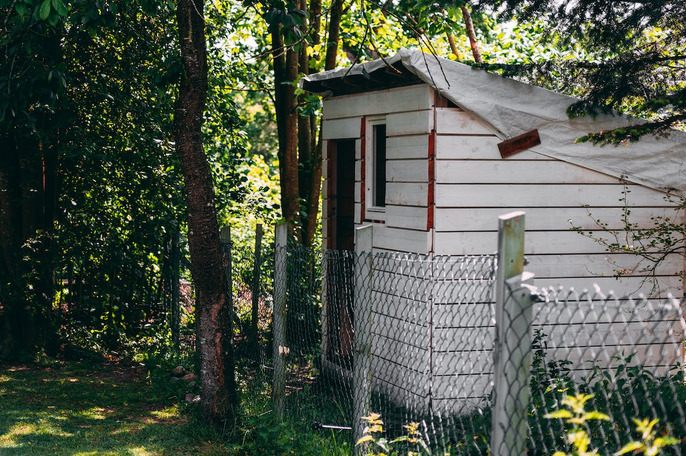
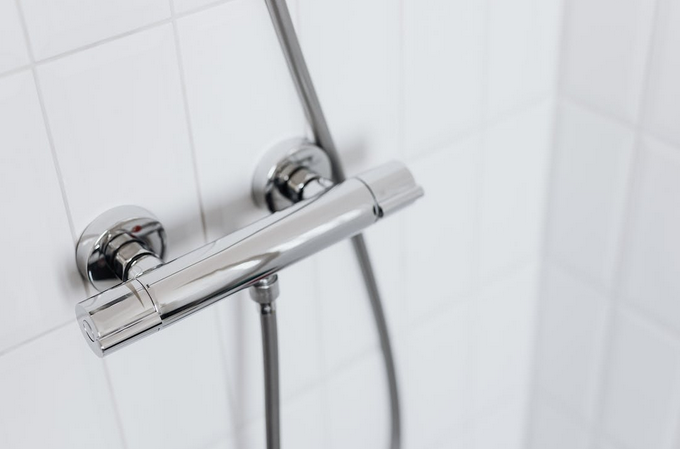

 If you live in an area with hard water, then you know how annoying it can be to deal with the effects: soap scum, spots on dishes and glasses, and dry skin, to name a few. A water softener can help solve these problems by removing the minerals that cause the hardness of your water. Not only will this make your life more comfortable, but it can also extend the life of your plumbing fixtures.
If you live in an area with hard water, then you know how annoying it can be to deal with the effects: soap scum, spots on dishes and glasses, and dry skin, to name a few. A water softener can help solve these problems by removing the minerals that cause the hardness of your water. Not only will this make your life more comfortable, but it can also extend the life of your plumbing fixtures.
